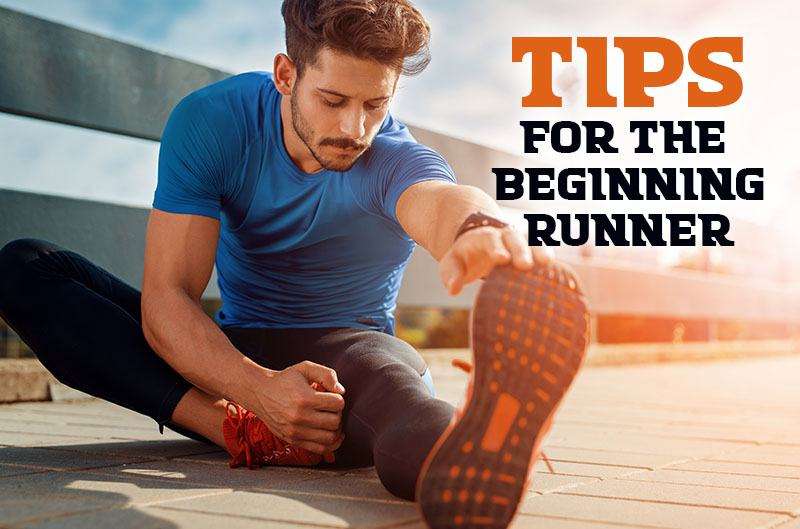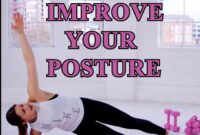You see them everywhere: Bobbing up and down on sidewalks and along roads, grim-faced and focused and getting fit. They are joggers, and odds are you’ve been tempted to try this rewarding physical activity, too, because of the promise of health benefits, stress relief and friendly camaraderie.
But you can’t just get up from your chair and start jogging. After all, it can be physically taxing and overwhelming even for the most seasoned runner.
What you can do, though, is learn a little bit about it, get advice from your doctor, and prepare to ease into it to make sure that you get the maximum benefit and don’t get burned out on a trendy exercise that can help you get healthier.
Talk to your doctor
So you are interested in jogging. Now what? The first step is to talk to your doctor. Do you have any existing muscle or joint trouble? Is your heart healthy enough to undertake a new exercise? Your doctor can give you a thorough examination and tell you if you are ready for a new commitment. And your doctor will likely congratulate you, too, on your desire to get fit.
Fantastic footwear
The most important thing for a new jogger is finding the perfect pair of shoes. Experts recommend heading to a local independent store because of knowledgeable staff members. Employers can test your feet for the type of gait you have and recommend the perfect shoe to fit your needs. New running shoes can be expensive but the investment will be an important part of your new running routine.
Take time to stretch
So you’ve got your shoes and your running outfit (comfortable fabric, not cotton, to help you avoid chafing). Katherine Kinross, a physical therapist with Lee Health, says it’s important to warm up before you run. Before you take off onto the open road, remember to stretch those muscle groups you’ll be taxing. A good walk before a run will help warm you up. You can do longer, more strenuous stretches after your run as well.
“Stretching really isn’t a warm up. Stretching where you’re actually holding the length for 30 seconds is going to be most beneficial after the activity when the muscles tend to want to shorten,” Kinross says.
Take it slow
New runners won’t want to start with five miles out of the gate. Find an easy path or a park and go at your own pace. Listen to your body, and don’t push it. Don’t be afraid to stop once in a while to stay hydrated and walk. A good distance to aim at first for would be two to four runs each week for maybe 20-30 minutes, according to running experts.
After you stretch and warm up, Kinross says to make sure you pick a location that isn’t too hard on your joints. “If we can stay on more natural surfaces, that’s what the body is designed for.”
Find a running group
Jogging doesn’t have to be a solitary pursuit. Running groups are everywhere in Southwest Florida, and they can be great sources of encouragement and help as well as a potent social outlet. Remember, as intimidating as jogging can be, everyone had to start from somewhere. Those experienced runners who go for miles and miles are usually more than happy to show you how they got to where they are. Don’t be afraid to reach out, and always remember to try to have some fun out there. You can even start small with a walking group that meets each week at Lee Health Coconut Point.
For beginners, experts recommend even surfaces like a sidewalk or treadmill. “If you’re going to do that make sure the road is quiet, well lit, and you are facing oncoming traffic,” Kinross says.




